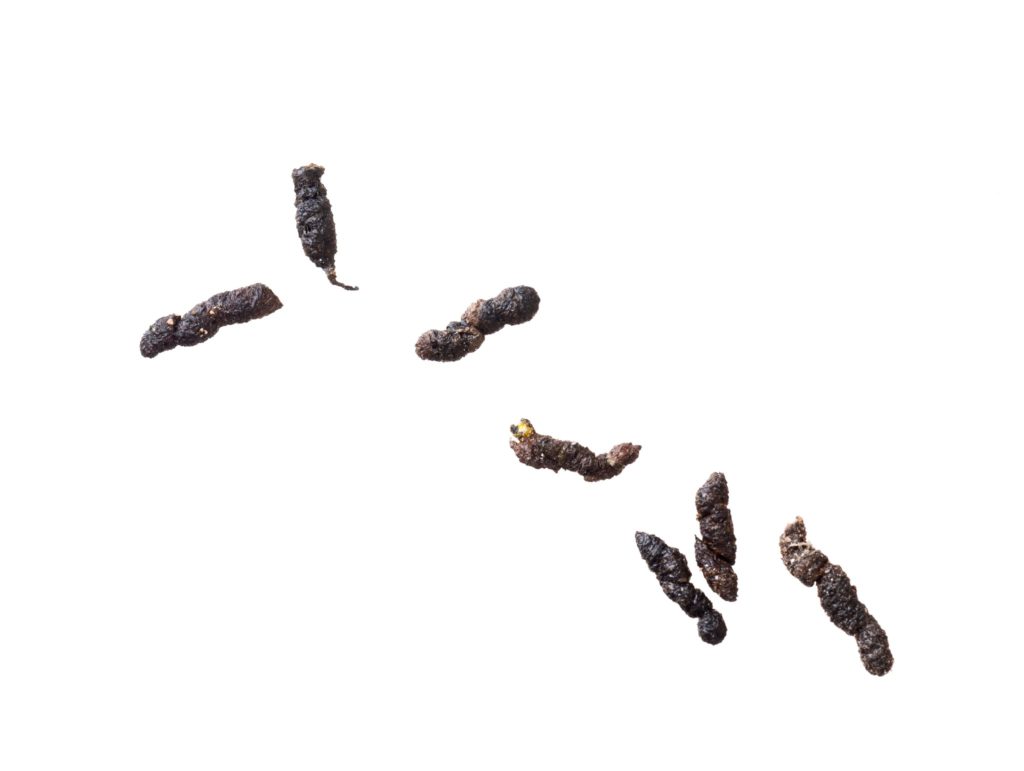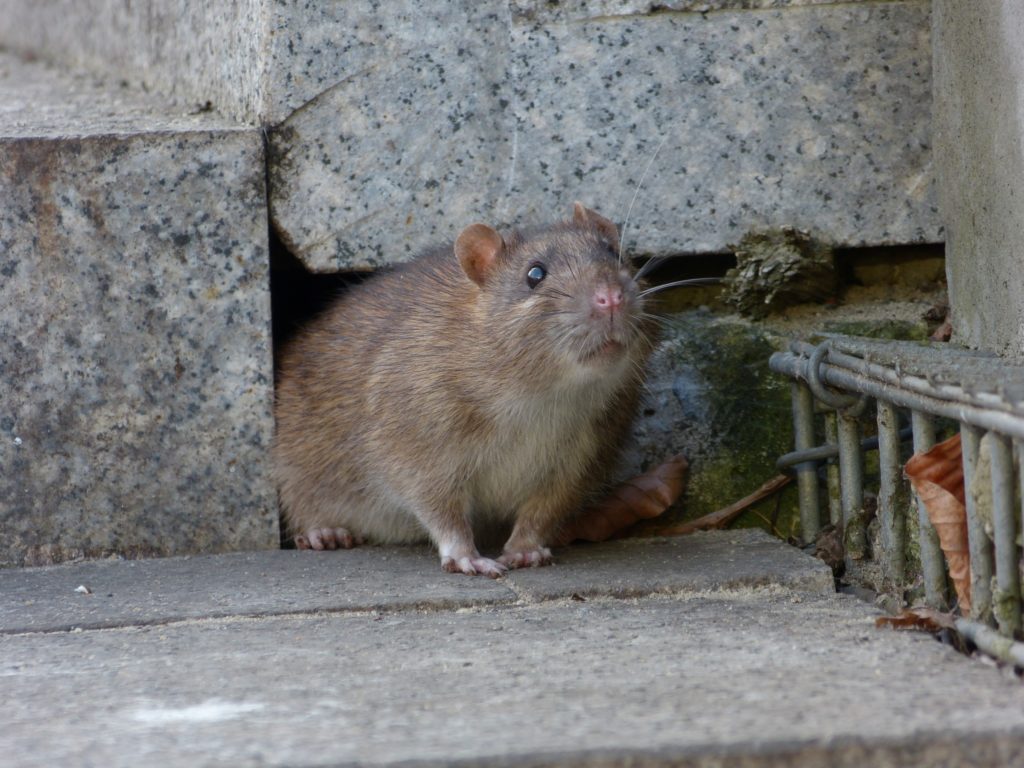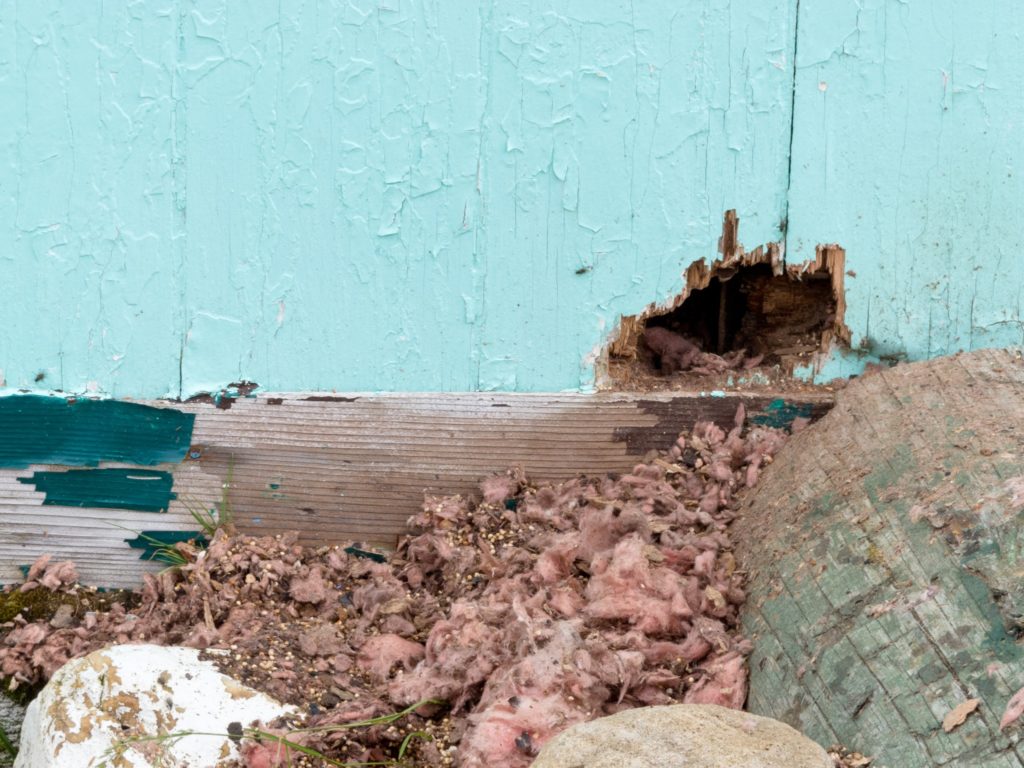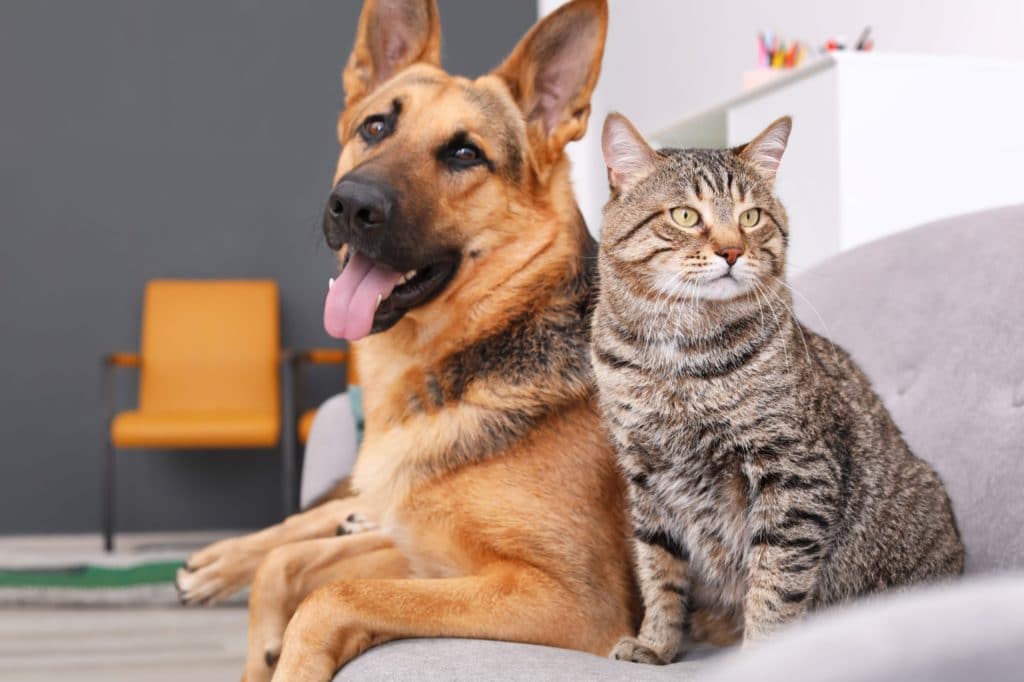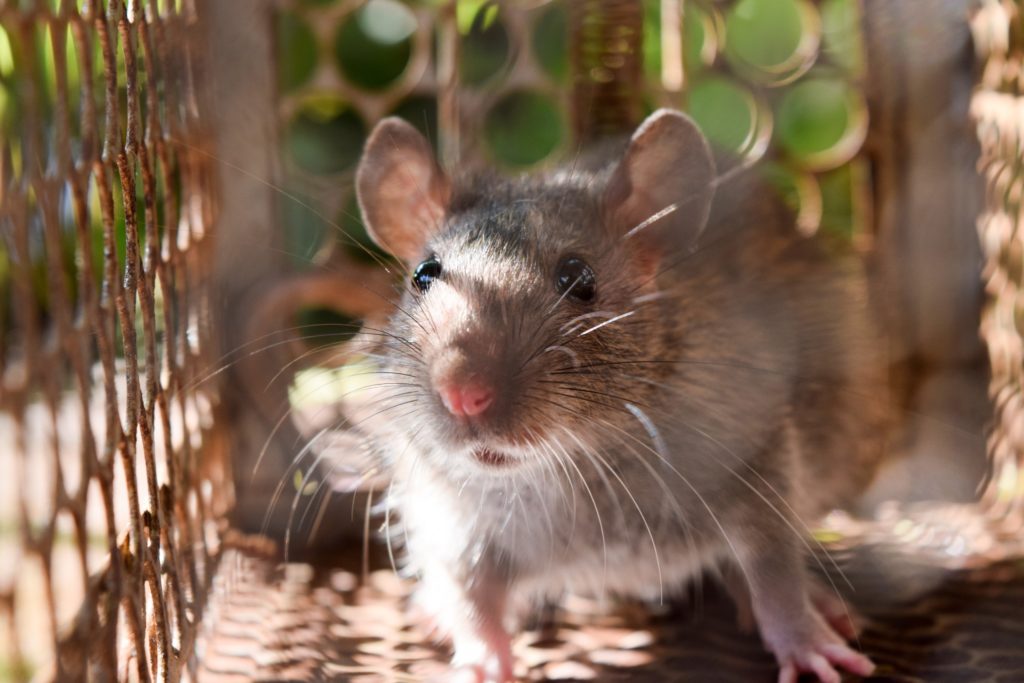
Getting mice in your home is not what you’d call an enjoyable experience. They can leave your home in tatters, gnawing through your walls, screens, and containers. And for this, most people look to mice repellent.
But what are the best mice repellent to use? Are there safe, natural repellents, or are they all toxic? Read on to find out.
But for a more immediate plan of action, you can visit Environmental Pest Management for all your pest control needs.
What Are Mice Repellents?
A mice repellent is any substance with the ability to deter rats from entering and nesting in your home. It can be the perfect solution for any homeowner wishing to deal with mice humanely without resorting to traps and poison.
There are natural mice repellents and artificial ones as well. Some are more effective than others, and some can be somewhat useless. The trick lies in knowing which repellent to choose and where to apply it.
What Is a Natural Repellent for Mice?
Natural mice repellents have an inherent ability to keep mice away due to their potent smell. They’re generally non-toxic, which makes them great for homes with pets or small children.
Here are a few examples of natural mice repellents:
Cats
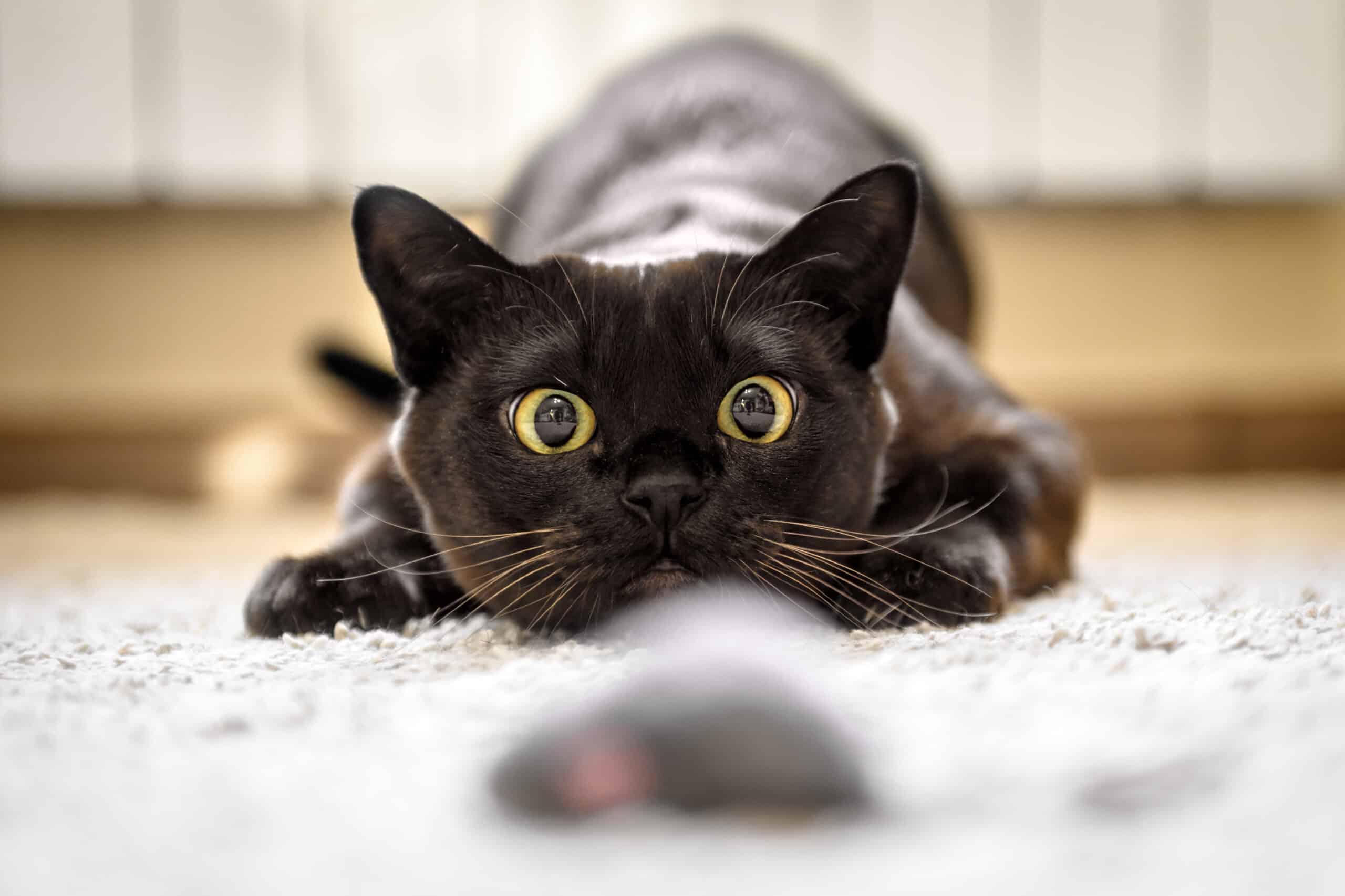
Owning a cat is one of the best natural mice repellent. Just by smelling a cat’s scent, most mice tend to retreat to avoid danger.
Peppermint Oil
Multiple studies have shown that essential oils with strong odors, particularly peppermint oil, are terrific mice repellents.
Rodents abhor strong minty scents, resulting in fewer visits to your house. You can place a few drops of peppermint oil in sites you’ve seen rodents frequenting. And you can also use a diffuser for an easier and more-thorough application. Just ensure undiluted peppermint oil doesn’t come in contact with your skin, as it may be irritating.
Note: Other essential oils that work as mice repellents include wintergreen oil, eucalyptus oil, bergamot oil, and geranium oil.
Chilli
Similar to essential oils, chili has a repulsive effect on rodents thanks to its sharp characteristics. It was proven to decrease their approach when tested on rodents, making them a good repellant.
But be careful when using chili, cayenne pepper, and other spicy items when pets and children are present. While they aren’t toxic, they can irritate the respiratory system.
Vinegar
Vinegar can also be used to repel rodents thanks to its pungent scent. It can also clean after rodents, removing any sign of their scent.
White vinegar and apple cider vinegar are both okay to use. All you need to do is soak some cotton with vinegar, place them near possible entry points and nests, and then replace them when dried out.
Artificial Mice Repellents
Artificial mice repellents are man-made chemicals or devices designed to keep mice away. Here is a couple to look into.
Ultrasonic Repellents
Ultrasonic repellents work by producing ultrasounds bothersome to rodents. Rodents are repelled enough to leave your house by constant exposure to the noise.
Some ultrasonic repellents regularly change the produced sound to disturb the mice continuously. Some even use LED lights to scare them as they’re scuttling in the dark.
While many individuals have found ultrasonic repellents to be effective, keep in mind that that’s not the case for everyone. A few users find them to be useless, and others say they take a week or more to show an effect.
Still, most people love them since they’re so low maintenance and easy on the nose.
Mothballs
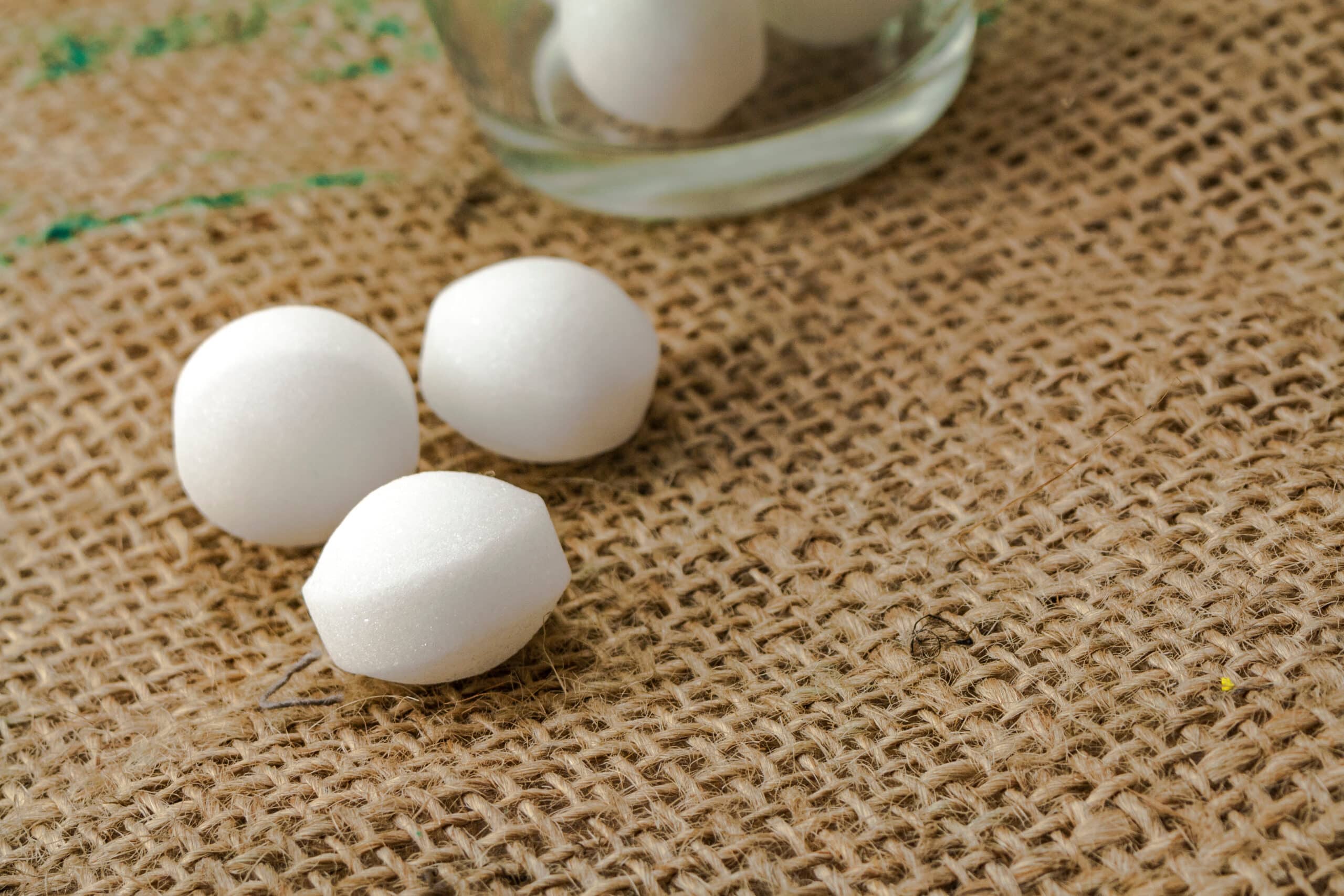
Mothballs contain naphthalene, a chemical typically used to chase away moths and other insects.
When naphthalene is eaten or inhaled, it prevents red blood cells from carrying oxygen to the tissues, ultimately resulting in the death of the creature.
As such, many people use mothballs as mice repellents. However, while the amount of naphthalene in mothballs is good enough for insects, it’s not nearly enough for mice.
But you can slightly increase their effectiveness as mice repellents by soaking multiple mothballs in water and using the resultant mixture as a spray.
Can Mice Repellents Get Rid of Rodent Infestations?
Mice repellents are better options for dealing with house mice.
They can decrease the number of rats, but this only lasts for a short while. But after some time, the rodents can get used to the disturbing smells and sounds and start coming back.
Mice repellents are generally not the best idea for an ongoing rodent infestation. They can be a means of prevention, but they won’t permanently resolve the issue.
How to Keep Mice Away
To effectively get rid of mice, sanitation should be your primary goal. By preventing mice from obtaining food and shelter, they’ll eventually move on in search of a new home. However, if your house remains a good nesting ground for them, they may always stay.
Apart from thoroughly cleaning your home, you also need to seal away any points of entry. That includes checking your floor drains, pipes, doors, windows, screens, and walls.
Conclusion
Rodent control can be difficult if you don’t know what you’re doing.
While many people will advise you to use rodent repellents simply, you’ll find that they only serve as a temporary solution.
If you’ve tried your best, but the mice keep coming back, it’s time to give us a call. We at Environmental Pest Management can deal with the pests swiftly, leaving your home mouse and rat-free in no time.


